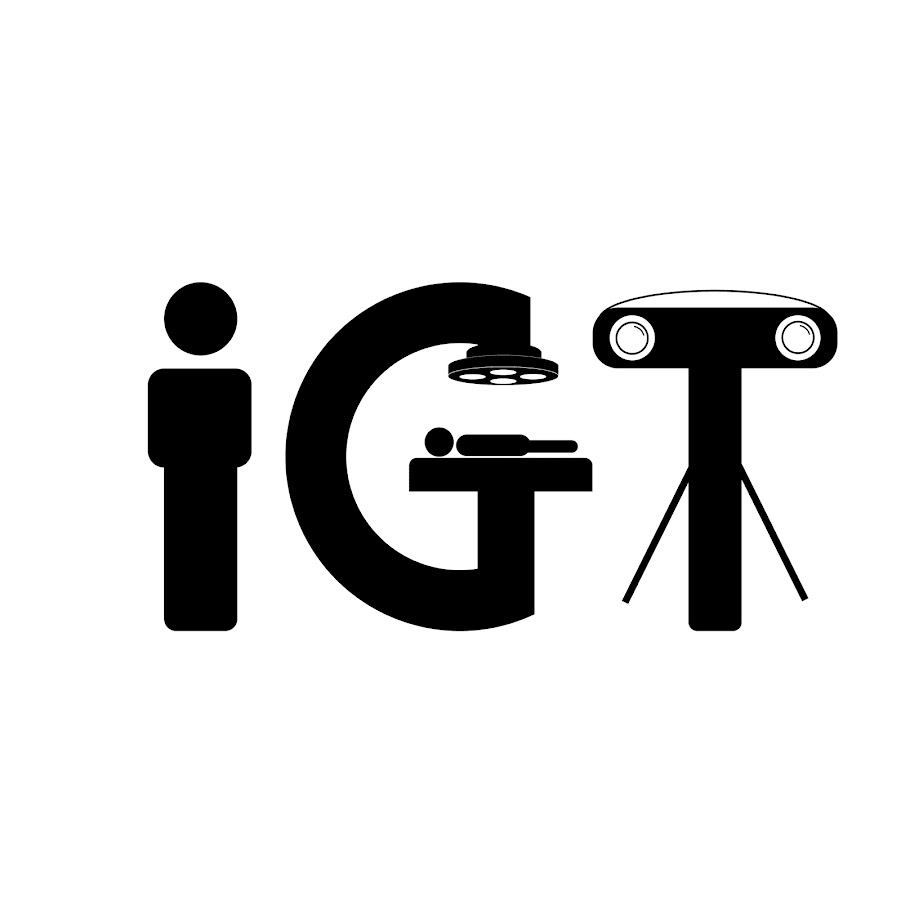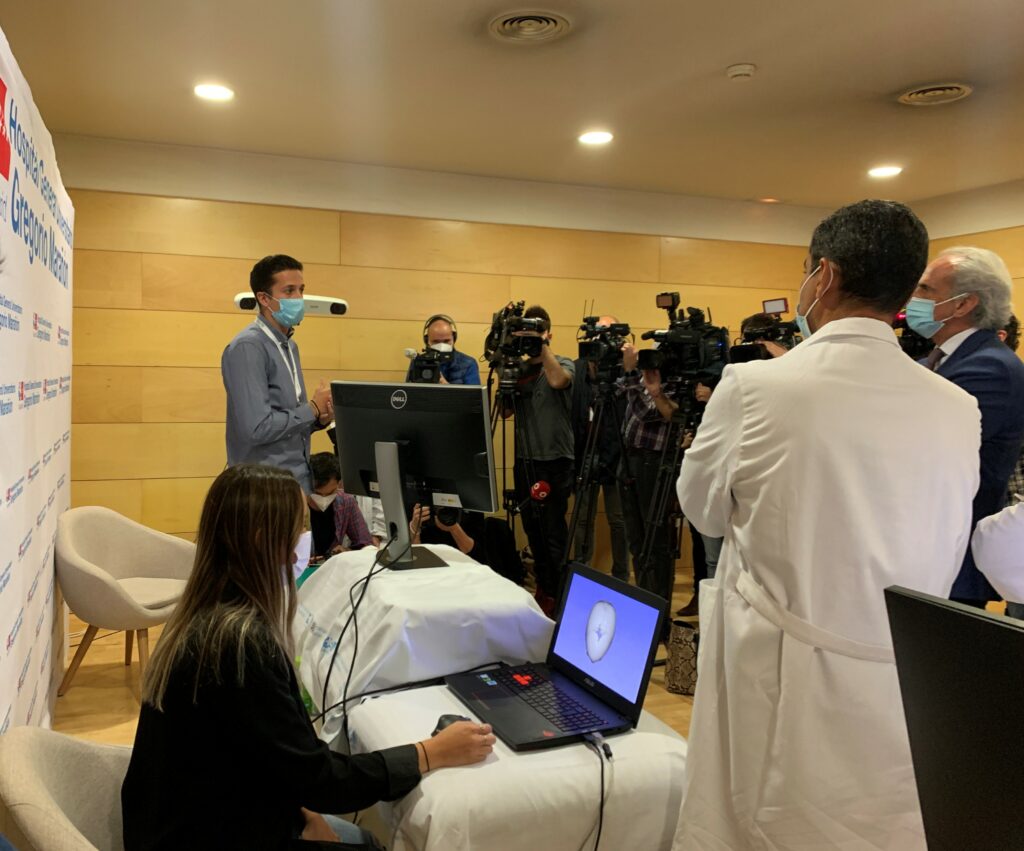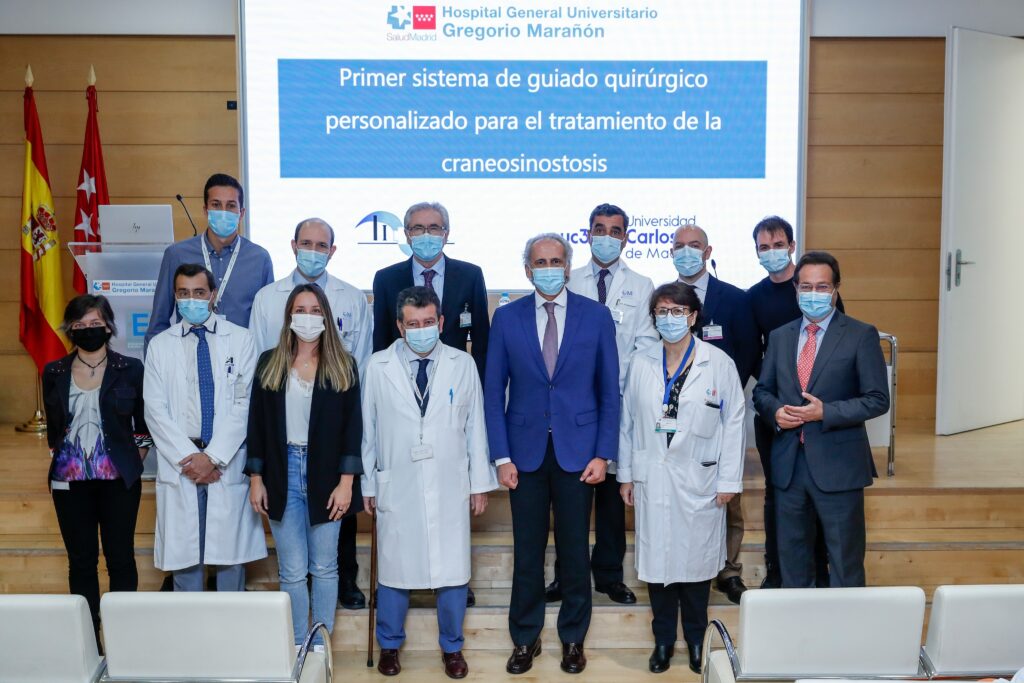Last Friday, the UC3M together with the Hospital Gregorio Marañón presented our virtual planning and navigation system for the surgical treatment of cranial and orbital deformities in children under 1 year of age who have craniosynostosis. A navigation system that will improve planning, precision, and personalisation of surgeries to correct craniosynostosis, and that has already been used on a total of 7 patients with optimal surgical results. The system is based on virtual pre-operative planning that is tailored to each patient and combines surgical navigation, 3D photography, and augmented reality, allowing surgeons to understand and correct the position of bone fragments during surgery.
The Hospital Gregorio Marañón is the first centre in the world to use personalised virtual planning and a triple intraoperative guidance system to treat craniofacial malformations in babies. This system will be used in the centre with the aim of achieving a greater accuracy and repeatability of surgeries and ensuring optimal results for patients.
The development and validation of the system’s accuracy have been published in the Scientific Reports journal and other publications.
This represents the first customisable virtual planning and navigation system for surgery for cranial deformities, paving the way for the application of research results to daily clinical practice.
More information here. Further, if you would like to read more about our research please visit the following link.
We would like to thank all the media for coming and for the support to spread this pioneering project!





